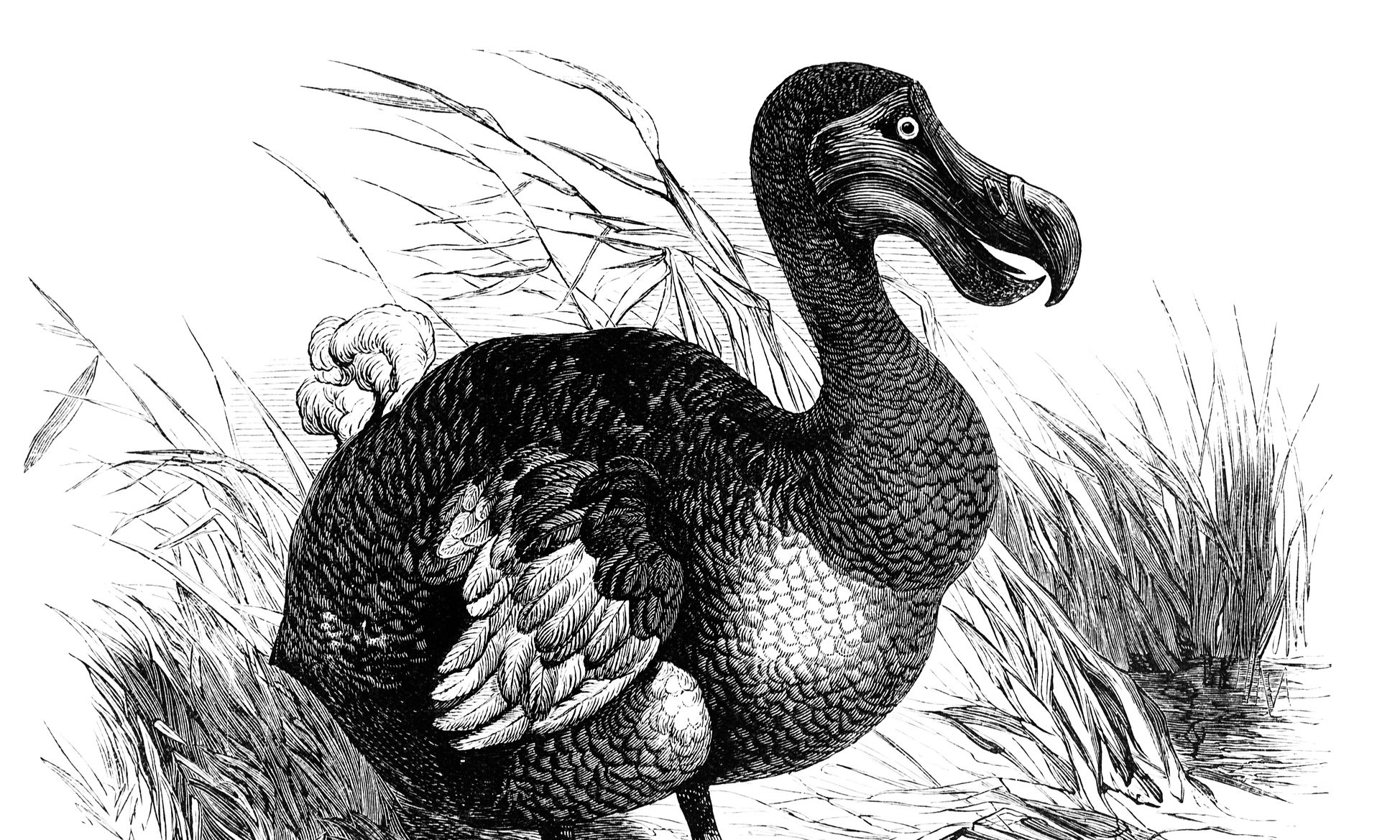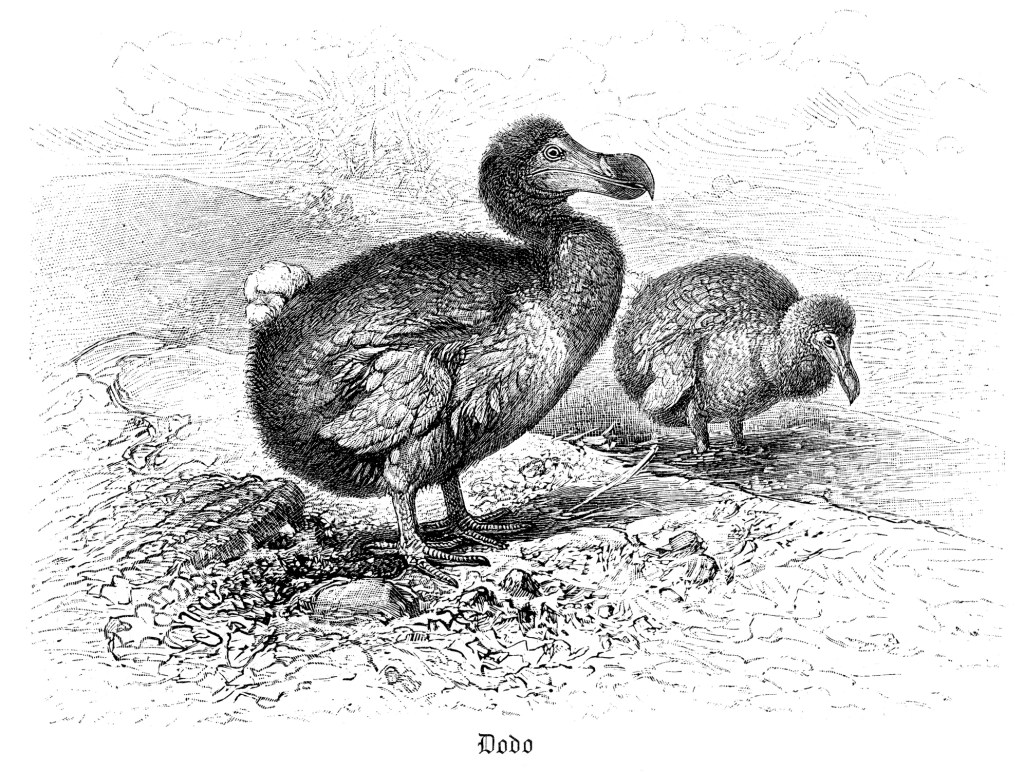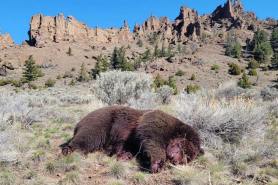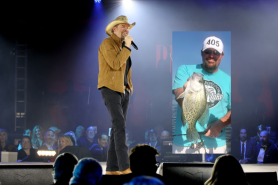

Colossal Biosciences, a U.S.-based gene editing company, has just announced an ambitious new plan to “de-extinct” the dodo.
Videos by Outdoors with Bear Grylls
Dodoes—three-foot-tall flightless birds that once thrived on the African island Mauritius—went extinct sometime in the 17th century. According to even the most optimistic scientific models, they died out for good around 1690, shortly after European settlers arrived on Mauritius and systematically killed them all. Before that happened, they reportedly numbered in the thousands.
Now, venture capital-backed genetics firm Colossal Biosciences wants to right a historic wrong—and push the limits of modern genetics—by bringing the dodo back.

Helmed by world-renowned paleogeneticist Beth Shapiro, entrepreneur Ben Lamm, and Harvard geneticist George Church, the Colossal Biosciences team has raised about $150 million in funding for the project already. They’ve also raised quite a few eyebrows.
Biologists across the world have reacted with outrage at the boldness of the plan. Some say bringing back an extinct bird is a poor use of resources. $150 million, after all, could do an awful lot to protect endangered species that actually still exist—especially the ones that aren’t as cute or charismatic as the dodo. Other scientists worry about the ethical implications of building new creatures, which is essentially what Colossal’s dodo will be.

To bring the dodo “back to life,” Colossal will have to first find a suitable host animal that can lay the dodo egg. The current plan seems to be to genetically engineer a pigeon—one of the dodo’s closest living relatives—until it’s the appropriate size. That’s right, folks. A three-foot tall pigeon: the stuff nightmares are made of.
Then, the team will have to tweak the pigeon’s genome so that it takes on the characteristic features of the dodo. So, they’ll adjust the genes until they can create an oversized pigeon with a large beak, undersized wings, and a curved neck, among other features. The result will look and act like a dodo, but won’t exactly be the real thing.
Shapiro is the first to acknowledge that creating a replica of an animal isn’t the same as bringing it back from extinction. “Extinction is forever,” she said in a recent interview with Scientific American. However, about a million species are currently at risk of going extinct, and saving them will require nothing short of bold conservation action. That includes bold science. According to Shapiro, learning how to clone and genetically engineer birds—something Colossal hasn’t done before—could lead to ground-breaking discoveries. It’s possible that the techniques developed during this project could help scientists bolster genetic diversity in dwindling bird populations or give species a boost in climate adaptation.
So while “de-extinction” may be a misnomer in this instance, Colossal’s work has the potential to help other birds in the future—and maybe even wind back some species’ doomsday clock for good.










Playing God. Shouldn’t do that.